
In 1978, George Ramsey already stated that the great energy waste in the United States is not due to technology. According to him, it depends on the lifestyle and how one looks at life. That is why he came up with a concept of a car-free and self-sufficient village based on solar energy. He renamed this concept an eco-village. Existing eco-villages nowadays are also very similar to Ramsey’s concept.
A piece of history
The desire for a sense of community stems from the community movement of the 1960s and 1970s and continued into the 1980s, when Americans increasingly cohabited with shared amenities. The ecovillage movement really grew in the 1990s. In 1991 Robert Gilman and Diane Gilman wrote a standard work called “Eco-Villages and Sustainable Communities” for the Danish Gaia Trust. There, Robert Gilman defined an ecovillage as follows:
“An ecovillage is a fully equipped human-scale settlement in which human activities are harmoniously integrated into the natural environment in a way that supports healthy human development and can be successfully continued indefinitely.”
Definition – Robert Gilman
The eco-village movement really fused together during the Findhorn Foundation’s (Scotland) annual fall conference in 1995, where the concept of eco-villages was discussed. In the aftermath of that conference, many intentional communities started calling themselves eco-villages, really launching the movement. The “Global Ecovillage Network” was also created. This network was founded by about 25 people who attended the Findhorn conference. The Gaia Trust fund provided financing for the first 5 years after the creation of this network. Meanwhile, the network consists of hundreds of eco-villages from more than 70 countries, spread over 6 continents . In Belgium there is one ecovillage that is affiliated with the European Ecovillage Network. The Netherlands has 4 affiliated ecovillages.
De Weegbree: the first eco-village in Belgium
De Weegbree is an eco-village in Sint-Katelijne-Waver. On the one hand, it is a residential group of people who are inspired by the transition movement, permaculture and eco-villages. On the other hand, it is a non-profit organization that has set up a meeting and rehearsal space to seek answers to the challenges and opportunities of our time. The plantain originated in 2002. Then the founder, Bruno, bought an old farm with 1 ha of land. He moved in with his girlfriend Lies. They also immediately had a second family home. Until 2012, Bruno mainly focused on organizing activities and renovating the farm. In 2009 the eco-village had 3 places to live. The studio was ready in 2010 and in 2011, the living capacity was expanded to 5 living spaces and the first Wwoofers found their way to the Weegbree. The non-profit organization was founded in 2012. This also developed the vision of the residential group and a course and activity center.
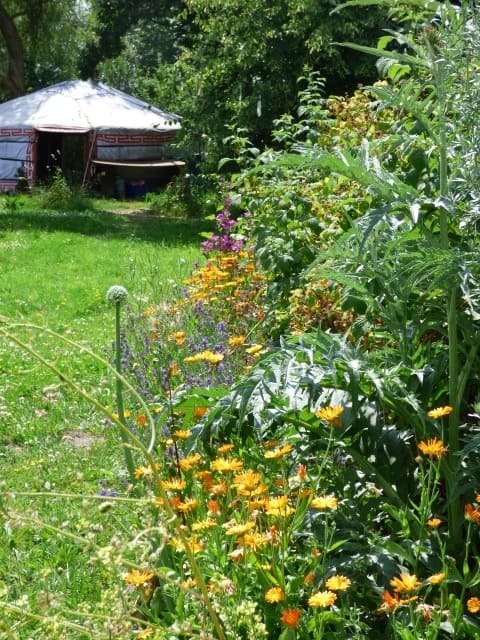

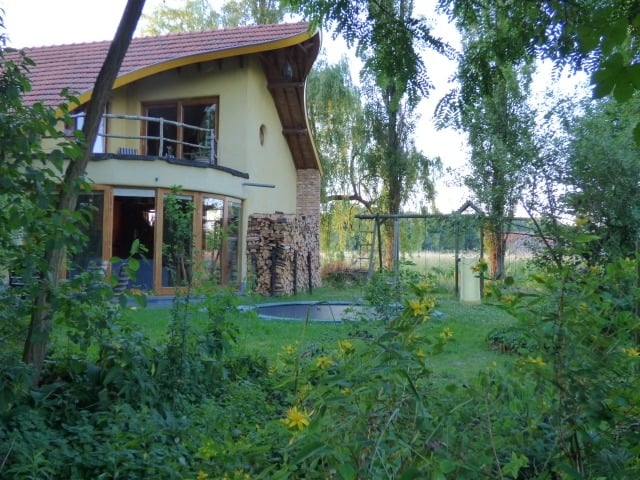
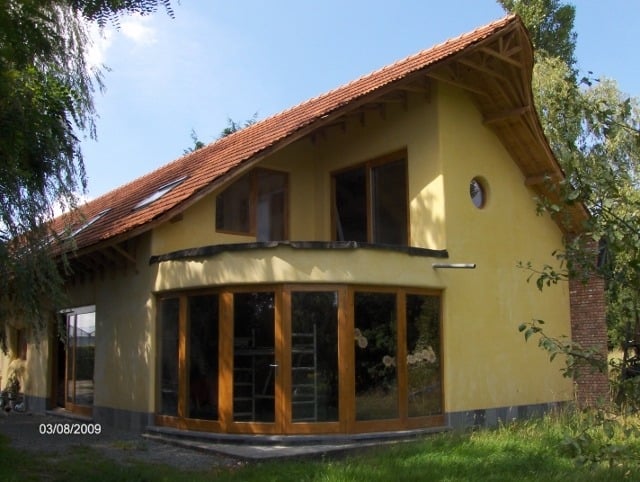
In 2013, supported by the King Baudouin Foundation, a community garden project was developed according to the principles of food farming. In addition, participants were also given a vegetable garden plot. To date, De Weegbree has 3 homes in the main building, a group room, communal dining room, an activity yurt and 4 pitches with living yurts. In the future, the plantain also wants to set up a cooperative, buy extra land to build a CSA (Community Supported Agriculture) farm and an extra house.
Yes but… Isn’t this goat wool socks stuff?
Of course there are eco-village communities that can be seen as a goat wool socks community. But that is not always the case. In the early 2000s, for example, BedZED was developed, a kind of eco-village developed in an urban context. Located in Hackerbridge, a suburb of London, this eco-district shows how an eco-village can be integrated into an urban context. This district has 82 houses and 1400 m² of workshops. There are 220 inhabitants, of which 1/3 is the owner of their property.
In 2003, a year after the completion of the project, a study was carried out into the average co² emissions of the inhabitants compared to the average Briton. These were the results:
- There was 88% less heating
- 57% less hot water was used
- Electricity consumption was 25% lower
- The use of drinking water was 50% lower
- Car use was 65 % lower
In addition, the neighborhood also had social benefits for the inhabitants. Each resident knows an average of 20 neighbors by name. The 3 buildings are therefore connected by bridges that connect the terraces. This also creates a sense of community. Next to the building, there is also a park with fitness equipment etc. There is also a good connection with public transport to ensure that residents use their cars as little as possible.

Would you like to know more about the development of this district? Be sure to check out the playlist below!
Sólheimar, the eco-village where care for the disabled and ecological living go hand in hand
The oldest eco-village is Sólheimar, in Iceland. Founded in 1930 by Sesselja Sigmundsdottir, this eco-village is known for its artistic and ecological atmosphere. The land was purchased in March 1930 by the Child Care Committee of the Church of Iceland. Sesselja leased the land from the church and started the orphanage there in July when she was 25 years old. In the orphanage, Sesselja, among others. able-bodied children play together with disabled children. At the time, this was still considered unhealthy, but Sesselja persisted. It is precisely because of this persistence that she is now seen as a pioneer in pedagogy.
In 2000, when the village celebrated its 70th anniversary, the Icelandic government decided to invest 75 million Icelandic crowns (almost €500,000) in the village. It was used to build the Sesseljuhus Environmental Center. This building was built as an example for sustainable construction. For the construction, the origin and production of the building materials and their recovery were taken into account. As you can see in the photo below, the building itself has been given a green roof, which makes the building blend in nicely with its surroundings. Workshops, seminars, etc. are organized in the building on sustainability. For example, there is an auditorium with a capacity of 100 people. It also serves as a community space for the villagers, where they can watch movies or organize indoor activities.

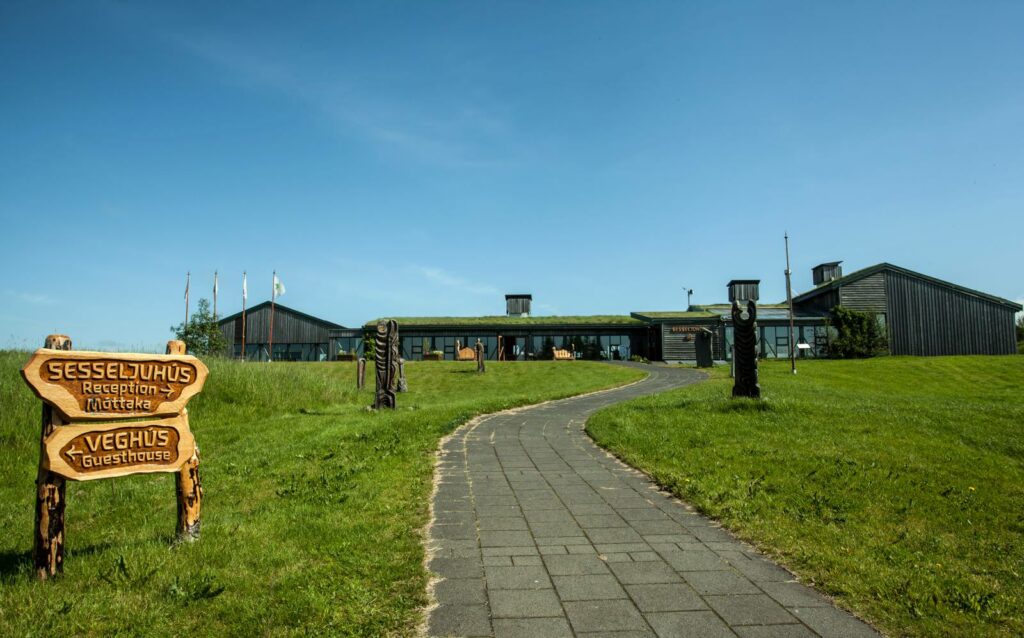
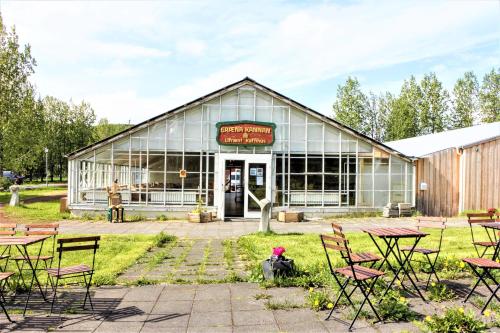

Today 100 people live in the village. All inhabitants focus on the growth and development of humanity and nature. The social goal in turn ensures that the inhabitants have the opportunity to work, live and build up their social life, whether or not in collaboration with volunteers from among others. the European Voluntary Network. Specifically, the activities consist of artistic activities as well as organic farming and forestry. The village is also the only Icelandic village that practices organic forestry.
Meet the Ecovillages – The Iberian Experience
Did the ecodorp virus bite you, but would you like to learn more about life in ecovillages?
